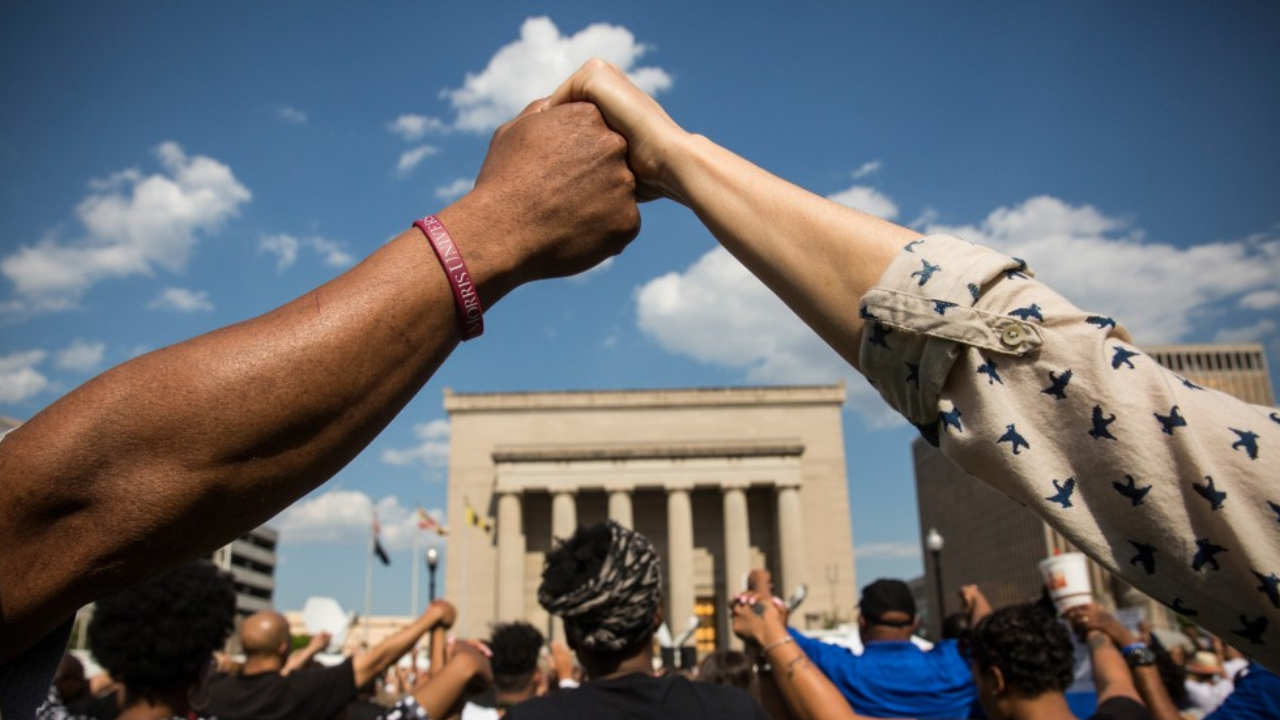The idea that race relations in America were harmonious and colorblind until recent years is a narrative increasingly pushed by some conservative circles, particularly within the Republican Party. This nostalgic rewriting of history paints a picture of a utopia where Americans “didn’t see color” before the Obama presidency supposedly brought racial divisions to the forefront. However, this romanticized version of the past overlooks centuries of systemic racism, civil rights struggles, and the reality of deeply ingrained racial inequality.
The Myth of a Colorblind Past
The claim that Americans were “just Americans” in the 1970s and 1980s ignores the historical context of those decades. The Civil Rights Movement of the 1960s may have dismantled legal segregation, but racial disparities persisted in housing, education, employment, and criminal justice. From redlining and school desegregation battles to the war on drugs disproportionately targeting Black communities, the idea that race was a non-issue during this period is simply not true.
Popular culture from the 1970s and 1980s often reflects these tensions. Shows like Good Times and The Jeffersons tackled racial and economic disparities, while hip-hop emerged as a voice for marginalized communities. These cultural movements were born out of lived experiences of racial inequality, not a colorblind society.
Reaganomics and the Widening Divide
Far from fostering unity, the economic policies of the Reagan era exacerbated racial disparities. Reagan’s administration cut funding for social programs, slashed welfare benefits, and emphasized “law and order,” which disproportionately affected communities of color. The narrative of the “welfare queen,” a racially coded stereotype, emerged during this time, stoking racial resentment among white voters. The policies and rhetoric of the 1980s often deepened racial divisions rather than bridging them.
How Race Became Political
The election of Barack Obama in 2008 is often cited by conservatives as a turning point in American race relations. The irony is that Obama’s presidency did not create racial tensions—it exposed them. His election was celebrated as a milestone in America’s long journey toward equality, but it also provoked a backlash that revealed how far the country still had to go. The rise of the Tea Party movement, fueled by racially charged rhetoric, showed that race was still a deeply polarizing issue.
The racial animosity intensified during the Trump era, where his administration capitalized on these divisions. The “Make America Great Again” slogan evoked a longing for an idealized past, but for many, it was a past defined by racial privilege rather than equality.
The Danger of Revisionist History
By portraying the past as a time of racial harmony, Republicans attempt to shift blame for current racial tensions onto progressives and activists who call out inequality. This narrative undermines the hard-fought gains of the Civil Rights Movement and erases the systemic challenges that have always existed in America. It also ignores the voices of marginalized communities that have long spoken out against injustice, even when their struggles were dismissed or ignored by the mainstream.
Race relations in America have always been complex, shaped by the country’s history of slavery, segregation, and systemic racism. While progress has been made, pretending the past was idyllic only hinders meaningful dialogue about how to address present-day inequalities. True progress requires acknowledging history, not rewriting it.
The path forward lies in embracing the truth, not in longing for a past that never existed. It’s only through honest reflection that America can move closer to the ideals of equality and justice for all.

